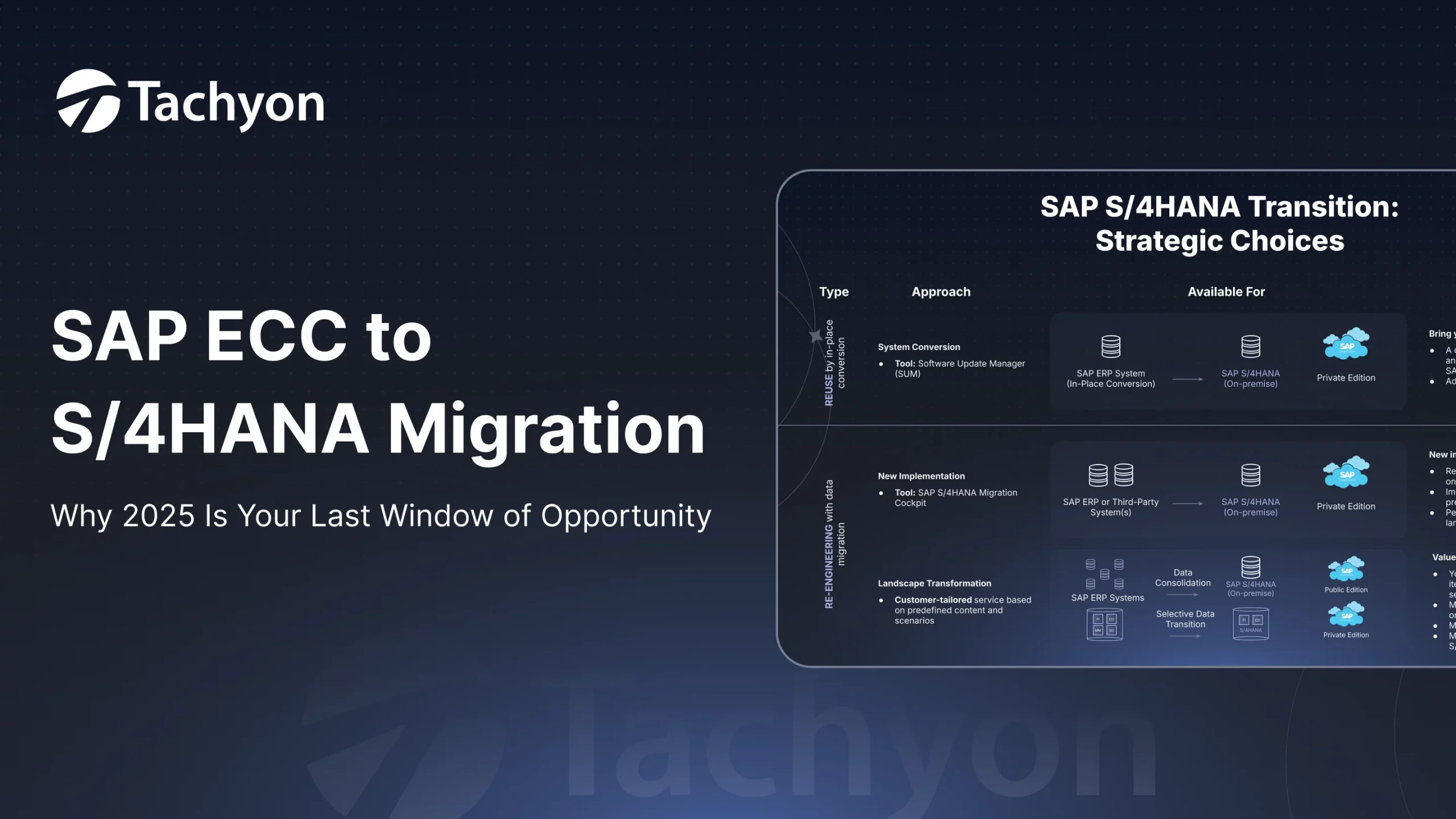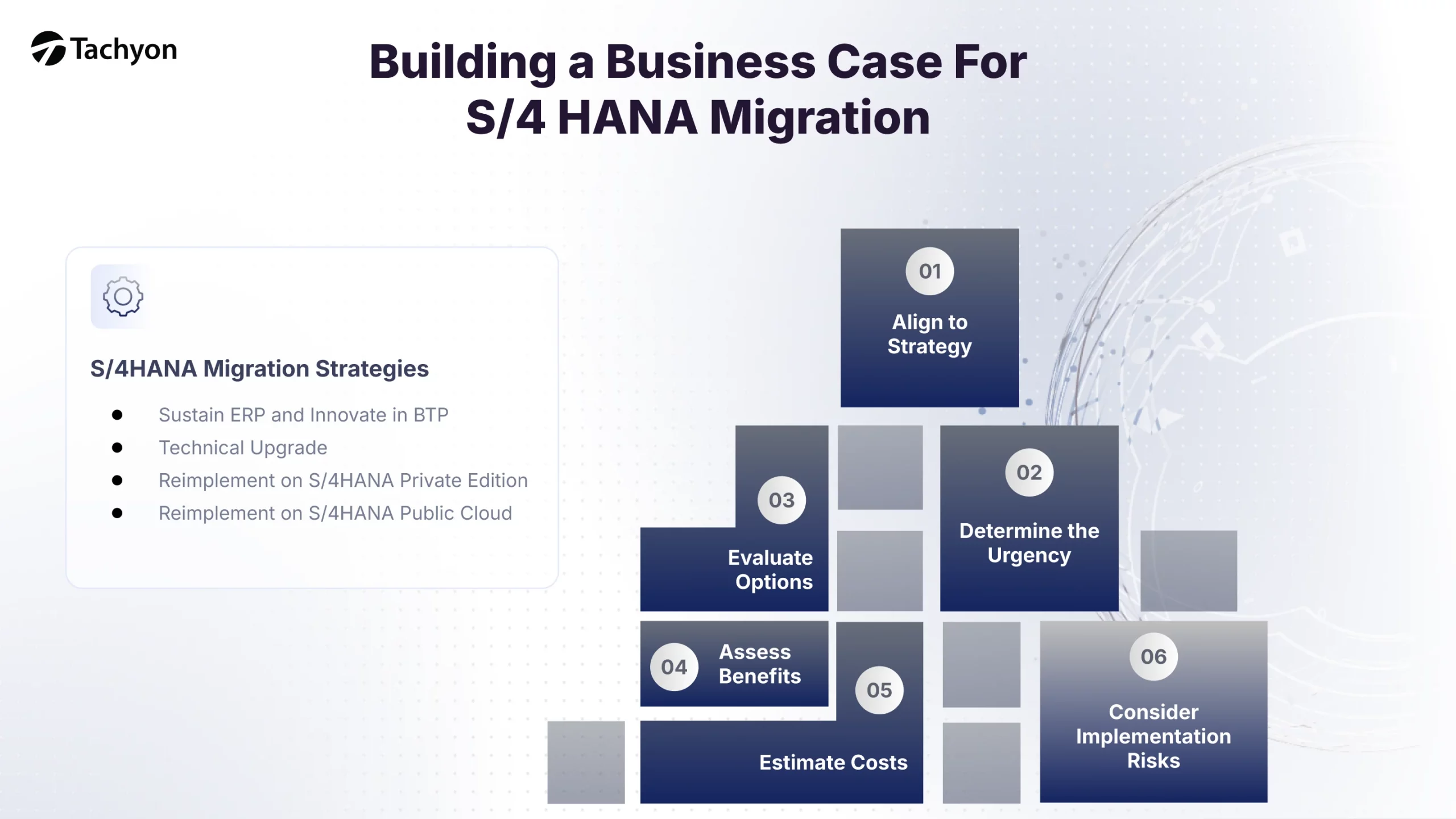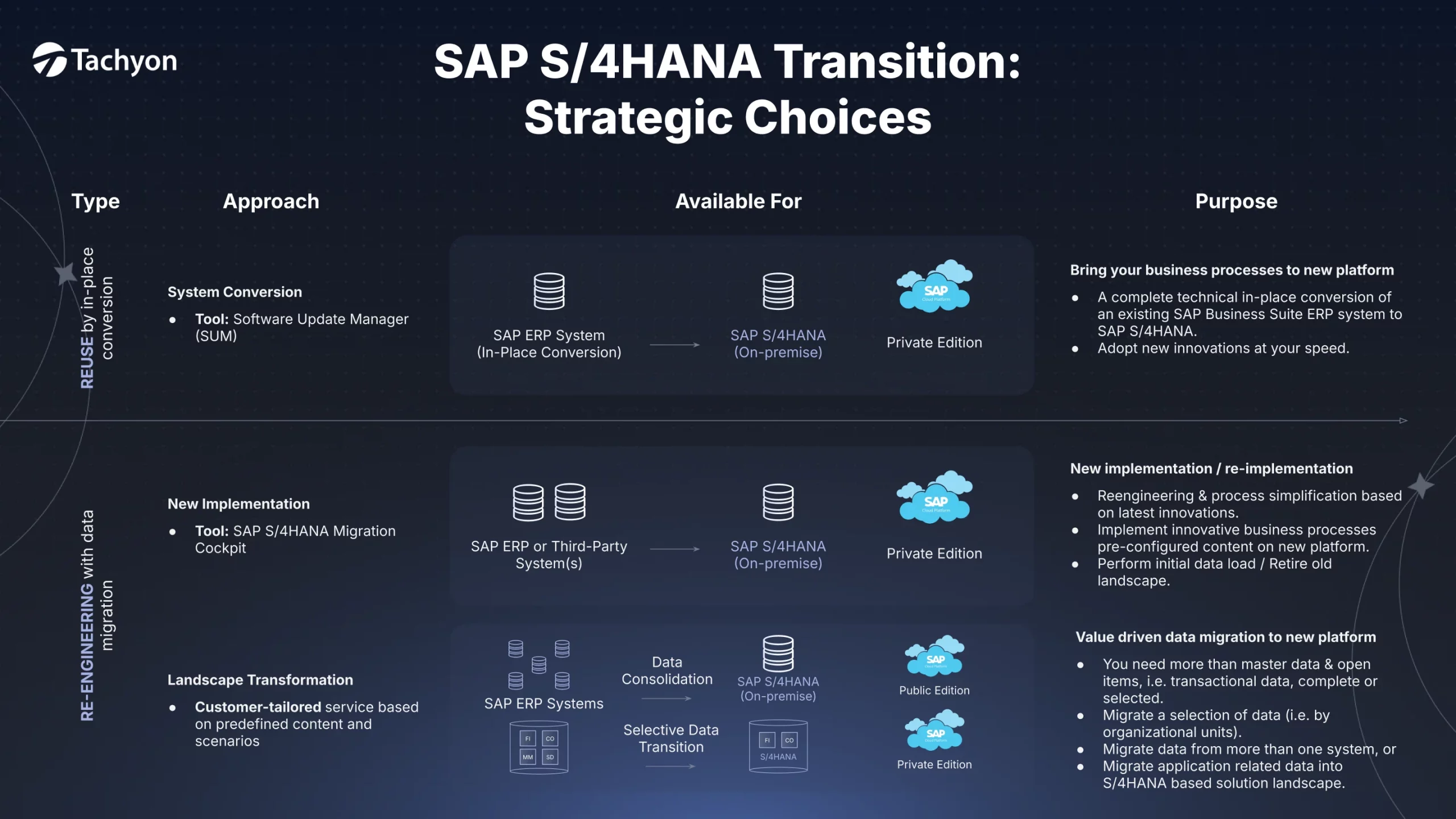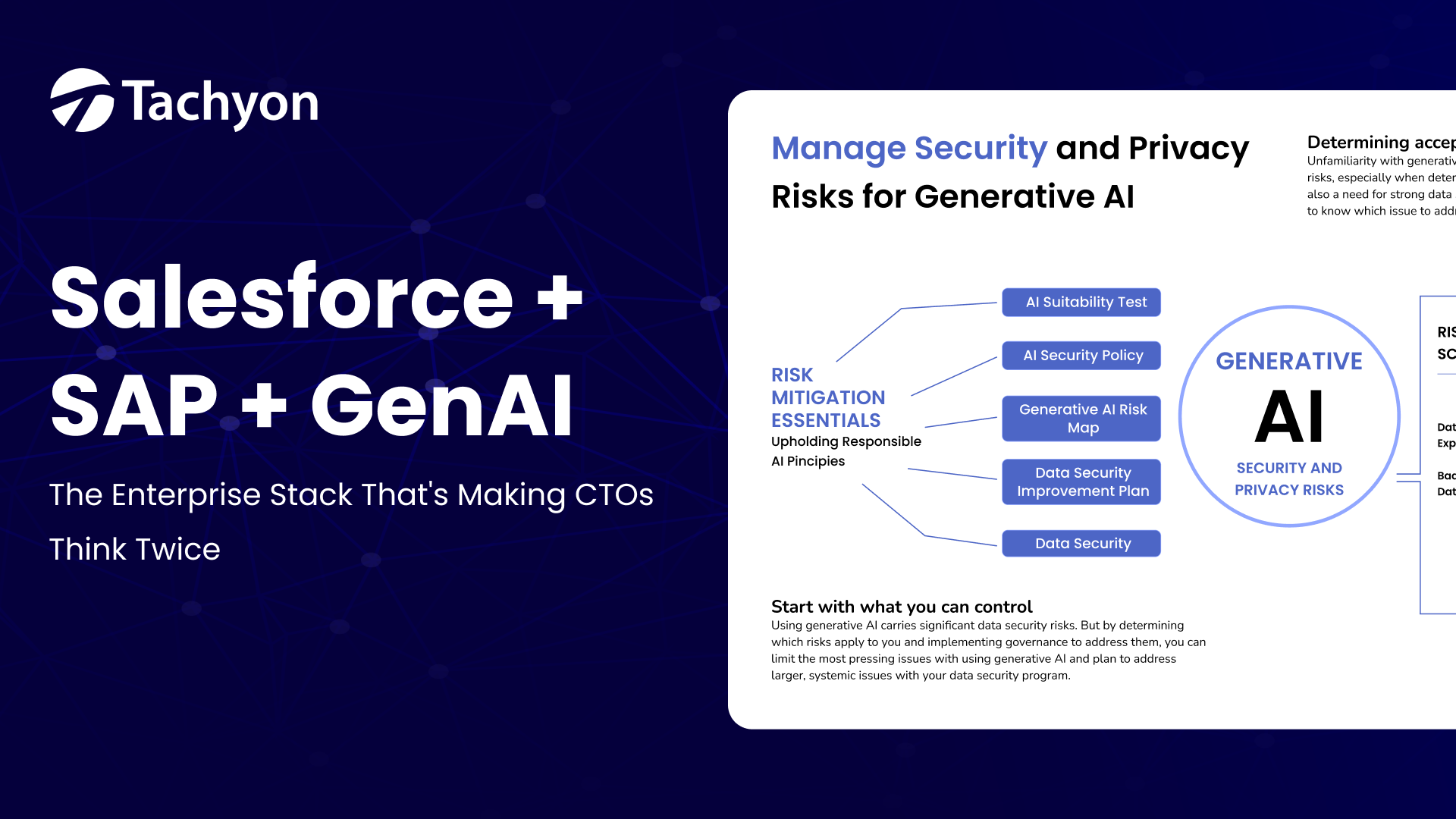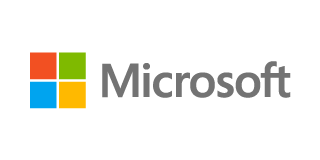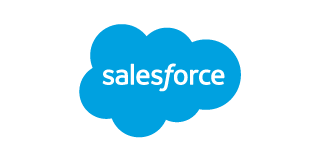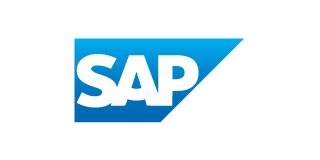Many SAP ECC customers still see 2027 as a distant end-of-support date, but a more urgent deadline is much closer. For a large portion of ECC systems, 2025 is effectively the last comfortable window to plan and execute a move to SAP S/4HANA without added cost, risk and disruption. In this blog, we break down what really happens in 2025 vs. 2027, why extended maintenance isn’t a long-term strategy, and how to turn your S/4HANA migration into a business advantage instead of a compliance scramble.
Why 2025 Is the Critical Cutoff for SAP ECC
Time is running out for businesses that depend on SAP ECC systems. Critical deadlines are coming up faster than most organizations think. Many SAP customers focus on 2027 as the end-of-support date, but 2025 brings an even more pressing deadline. Companies need to understand these timelines and what they mean to plan ahead and reduce risks.
SAP ECC End-of-Life Timeline: 2025 vs 2027
Different SAP ECC systems have different end-of-life dates. Companies using SAP ERP 6.0 with no enhancement packages or packages 1-5 will lose mainstream maintenance by December 31, 2025. Those who use enhancement packages 6-8 have until December 31, 2027 before their mainstream support ends.
This split timeline creates an urgent challenge. Companies with older versions must speed up their migration plans or risk losing support earlier. Gartner’s data shows that by late 2024, only 39% (about 14,000) of the 35,000 SAP ECC customers had moved to S/4HANA. At this rate, nearly 17,000 organizations – almost half of all ECC users – will still run the legacy ERP by 2027.
Extended Maintenance Costs and Support Risks
Companies using enhancement packages 6-8 can buy extended maintenance until December 31, 2030 after their mainstream maintenance ends. This option costs an extra 2% on top of regular maintenance fees. The situation looks worse for systems running enhancement packages 0-5 because extended maintenance isn’t even an option.
After extended maintenance ends, customers move to “customer-specific maintenance” with major limitations. SAP stops providing legal changes, new support packages, and technology updates during this phase. They’ll only fix known issues, and new problems might cost extra to solve.
SAP has created a special option for its largest and most complex customers. The “SAP ERP, private edition, transition option” can extend support until 2033, but companies must sign up for a RISE with SAP cloud subscription contract.
Impact on Compliance and Security Post-2025
Running unsupported SAP systems creates serious security risks. Companies won’t get critical security patches or compliance updates once support ends. This leaves businesses vulnerable to attacks, as seen with the critical CVE-2025-31324 vulnerability in SAP NetWeaver Visual Composer that scored 10.0 – the highest possible severity rating.
Systems without regular security patches become easy targets for cyberattacks, which can lead to data breaches and compliance violations. Many industry regulations require companies to use supported software versions. Running unsupported ECC could result in failed audits and regulatory fines.
Companies should assess their current SAP landscape now and create a migration strategy that covers both technical and business aspects of moving to S/4HANA as these deadlines get closer.
Building a Business Case for SAP S/4HANA Migration
A compelling business case for SAP S/4HANA migration needs a balance between upfront costs and long-term strategic benefits. Smart organizations know this goes beyond a technical upgrade. It represents a fundamental business transformation with measurable advantages.
Cost of Delay: Innovation and Opportunity Loss
Companies that wait to migrate to S/4HANA fall behind as their competitors use new capabilities. AI-powered ERP systems will set industry leaders apart by 2025-26. These systems help organizations streamline their finance, supply chain, and analytics with up-to-the-minute data analysis. Late adopters face higher implementation costs, with consulting fees expected to rise 30-50% in 2026-27 as demand peaks. They also risk losing their competitive edge.
The integration challenges grow for businesses that delay migration. SAP’s focus on S/4HANA means the whole ecosystem—including AI-driven applications, SAP Business AI, and Industry Cloud—runs on S/4HANA architecture. ECC users now struggle with mounting compatibility issues in both SAP and third-party applications.
ROI from Real-Time Analytics and Automation
S/4HANA presents a strong financial case. Studies show organizations that adopt S/4HANA achieve an average five-year ROI of 547% and recover their investment in just 11 months. These impressive returns come from:
- 19% improvement in process efficiency within the first year
- 15% boost in decision-making speed after deployment
- Less technical debt through a simpler system landscape
Companies that switched to S/4HANA saw revenue increase by nearly USD 156 million from platform-enabled functionality and reduced customer turnover by 4%.
Licensing and Infrastructure Cost Considerations
S/4HANA’s subscription-based licensing model uses Full Usage Equivalents (FUE), which works better than traditional named-user licenses. Companies can move users between different access levels (Advanced, Core, Self-Service) without buying extra licenses, which saves money.
RISE with SAP bundles S/4HANA Cloud with infrastructure and managed services in “one offer, one contract”. This approach turns capital expenditures into predictable operational expenses, which makes budgeting easier for financial leaders.
Choosing the Right Migration Strategy
You need to evaluate your business needs, technical limits, and future goals carefully when choosing the right migration path for your SAP ECC system.
Greenfield vs Brownfield vs Hybrid: Key Differences
S/4HANA migration offers three main approaches. Each one comes with its own benefits. A Greenfield implementation gives you a fresh start. It lets you redesign processes and standardize operations. This works best for companies that want to change everything. Brownfield is basically a system conversion that keeps your existing processes and customizations. You get faster implementation and your business keeps running smoothly. The hybrid approach, also known as Bluefield, mixes both methods. You can move selected data and redesign some processes while keeping your valuable settings.
Selective Data Transition for Complex Landscapes
Companies with various IT systems can benefit from selective data transition’s flexible migration choices. Your company can split data by company code, time criteria, or organizational elements. You can implement this several ways: through client transfer, shell conversion (keeping only ABAP repository and configuration), company code transfer, or system merge. This method helps businesses use their current investments while updating specific functions.
Deployment Options: Cloud, On-Prem, and RISE with SAP
Your deployment choice will shape your long-term strategy. On-premise solutions let you keep control and customize more, but you’ll need to invest in infrastructure. S/4HANA Cloud works on a subscription model with updates every quarter. This reduces your maintenance work. RISE with SAP came out in 2021. It bundles cloud infrastructure, business process intelligence, and transformation services together. This makes your move easier through “Business Transformation as a Service”.
Overcoming Migration Challenges Before 2025
Moving from SAP ECC to S/4HANA needs careful planning to handle technical and organizational challenges. Many organizations face complications during their transition experience. They must deal with these challenges quickly to meet the 2025 deadline.
Custom Code and Integration Compatibility
Custom code adaptation is one of the biggest technical hurdles in S/4HANA migration. The simplification database has all objects that S/4HANA has simplified. Each simplification item describes changed or removed SAP objects. About 60% of custom code needs changes during migration, especially code that connects to simplified data structures like the unified journal.
Organizations should take these steps:
- Run the Custom Code Migration app to define which code needs migration
- Use the Simplification Item-Check (SI-Check) to spot compatibility issues
- Use ABAP Test Cockpit (ATC) to analyze custom code against S/4HANA simplifications
The SI-Check gives messages with different severity levels. Green (0) shows no inconsistencies, yellow (4) gives important warnings, and red (7, 8, or 12) points out errors that need fixing.
Data Cleansing and Archiving Strategy
Good data preparation makes migration successful. Data migration works best with assessment and extraction first. Data migration experts say, “Source data can be profiled to better understand current data quality and build transformation or cleansing requirements”.
A complete data migration strategy needs:
- A separate team with both functional and technical expertise
- Full source system data profiling and confirmation
- Clear transformation and cleansing processes
- Strong testing protocols for data integrity
Change Management and User Training Pitfalls
Companies that ignore change management struggle with adoption. Research shows that “95% of companies where ERP fails dedicate less than 10% of their total budget to education, training and change management”.
Good change management needs early stakeholder involvement, clear communication, and solid training programs. Business process owners should confirm migration outputs. Functional consultants who know how historical and new data structures map together should be part of the process.
Testing and Validation for Business Continuity
Testing serves as the final check before migration ends. Integration testing must match business reality with real data complexity and time pressures. Tests should cover end-to-end business process confirmation instead of separate components.
Successful companies use strong validation frameworks. These include business process completion checks, data consistency verification, and recovery testing to ensure smooth business operations after go-live.
Building data infrastructure requires key decisions about complexity, tooling, costs, and governance that shape operational success.
Conclusion
As 2025 approaches, SAP ECC customers are running out of room to wait. Starting your S/4HANA journey now lets you control the timeline, manage risk and capture real-time analytics, automation and AI capabilities instead of scrambling against hard deadlines.
While the technical work is significant, including custom code remediation, data cleansing, testing and change management, a structured roadmap and the right partner turn this from a forced upgrade into a strategic advantage.
At Tachyon Technologies, we help ECC customers assess their current landscape, choose the right migration path (Greenfield, Brownfield or Hybrid) and design an adoption plan that minimizes disruption while unlocking tangible business value. If you are still on ECC, now is the moment to evaluate your options and secure your place in the S/4HANA future before the 2025 window closes.
Unlock Your S/4HANA Roadmap with Tachyon
Get a clear view of timelines, risks and value for your ECC to S/4HANA migration. Talk to our experts about the right path for your business and how to start in 2025 with confidence.

